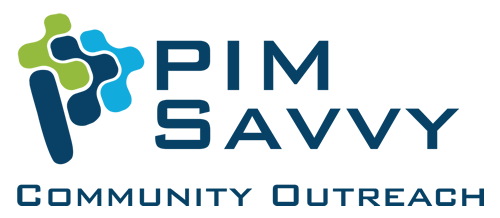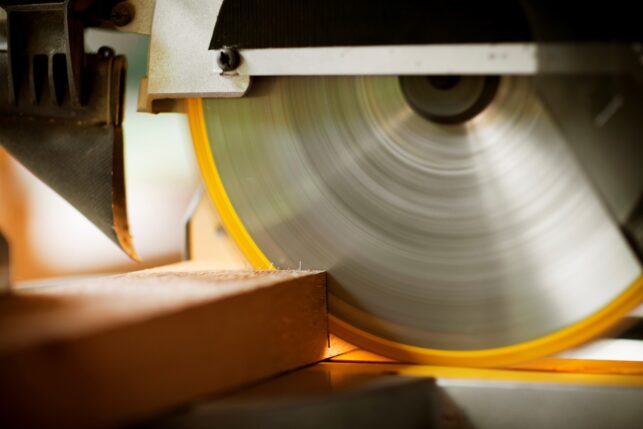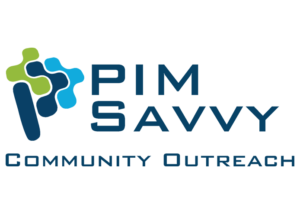Hearing Loss Prevention (Noise)
In the United States, hearing loss is the third most frequently diagnosed chronic physical condition, after high blood pressure and arthritis. Occupational hearing loss is a common workplace injury and damage is gradual over time. Once someone diminishes or loses hearing, they can never recover it. Many sources of noise can cause damage to hearing.
This blog post is written as a Toolbox Talk and can be used for one of your upcoming Safety Meetings on Hearing Loss Prevention. Toolbox Talks are important because workers need to be trained to recognize and avoid unsafe working conditions.
The National Institute for Occupational Safety and Health (NIOSH) states over half of all construction workers have been exposed to hazardous noise (2018[1]). Another study from 2014[2] found 52% of noise-exposed construction workers reported they do not wear appropriate hearing protection. Chances are you or someone you know in the construction industry has experienced difficulty hearing or a form of hearing impairment.
Although noise pollution is a real problem in construction sites, there are ways you can reduce levels of sound output. Hearing loss prevention must be a priority to keep workers safe and healthy.
You must monitor employee noise exposure any time it might reasonably equal or exceed 85 decibels.
L&I lays out very technical, specific requirements on how to measure decibels and determine employee exposure but here are some examples of information or situations that can indicate exposures which equal or exceed requirements:
-
- Noise in the workplace that interferes with people speaking, even at close range.
- Information from the manufacturer of equipment you use in the workplace that indicates high noise levels for machines in use.
- Reports from employees of ringing in their ears or temporary hearing loss.
- Warning signals or alarms that are difficult to hear.
- Work near abrasive blasting or jack hammering operations.
- Use of tools and equipment such as the following:
-
-
- Heavy equipment or machinery.
- Fuel-powered hand tools.
- Compressed air-driven tools or equipment in frequent use.
- Power saws, grinders, or chippers.
- Powder-actuated tools.
-
According to the law, it is the responsibility of the business to prevent employee hearing loss by minimizing and providing protection from noise exposure. This includes, but is not limited to:
- Measure and monitor noise output from all equipment and machinery in the workplace.
- Minimize and control noise exposure.
- Use appropriate hearing protection gear such as earplugs, earcaps or earmuffs.
- Make sure your workers wear hearing protection correctly on the jobsite.
- Train employees about noise, hearing protection and hearing loss prevention; navigate to https://lni.wa.gov/safety-health/safety-training-materials/training-kits and scroll to Hearing Protection. Also visit DOSH – Hearing Loss Prevention – Employee Training on Noise Hazards
- Track employees’ hearing capability through periodic audiometric testing.
- Post warning signs where noise levels will equal or exceed 115dBA.
- Place barriers between employees and the noise source or enclose the origin of the noise.
- Use exposure controls to reduce noise like barriers, enclosed cabs, etc.
- Utilize employee rotation.
- Create a hearing loss prevention program with frequent evaluations and updates. Here is a sample hearing loss prevention program created by L&I.
- Maintain and lubricate all equipment.
Questions for Discussion
- How loud is too loud? Do employees have to routinely yell or raise their volume to talk when they are in close proximity?
- How do employees wear hearing protection on your jobsite?
- Which equipment or machinery creates the most noise? How can the noise be reduced?
- What types of hearing protection PPE are available? What types of hearing protection are employees currently using, and what items would be useful to have?
- What are the signs and dangers of hearing loss?
Presenter Tips
- Review WAC 296-817: Hearing loss prevention and CDC guidelines on Noise and Hearing Loss Prevention
- Discuss the different decibel levels and the requirements for each level, see table 1 WAC 296-817-100
- Involve workers by asking questions and getting their input to help drive discussions.
- Share work experiences related to loud noise exposure
Resources
https://lni.wa.gov/safety-health/safety-training-materials/training-kits (scroll to Hearing protection; also scroll to noise audits)
Construction Statistics – Occupational Hearing Loss Surveillance | NIOSH | CDC
Preventing Hearing Loss | NIOSH | CDC
Controls for Noise Exposure | NIOSH | CDC
Noise & Hearing Loss Prevention: Noise Levels of Power Tools | NIOSH | CDC
Reducing Noise Exposure: Noise Controls | NIOSH | CDC
Hearing Loss Prevention, Chapter 296-817, WAC
[1] Kerns E, Masterson EA, Themann CL, Calvert GM. (2018). Cardiovascular conditions, hearing difficulty and occupational noise exposure within U.S. industries and occupations. American Journal of Industrial Medicine, 61, 477-491.
[2] Green DR, Masterson EA, Themann CL. (in press). Prevalence of hearing protection device non-use among noise-exposed U.S. workers in 2007 and 2014. American Journal of Industrial Medicine.


